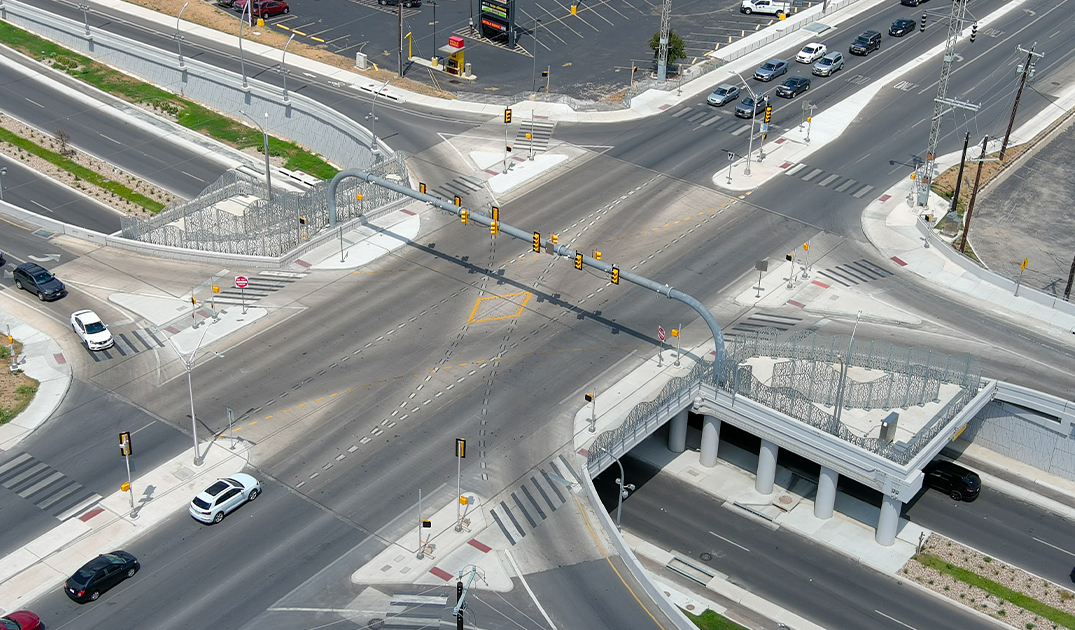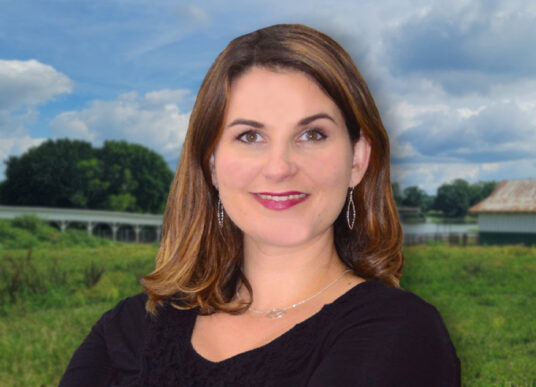Newsroom
See our expertise in action through the thought leadership, professional insight, and community involvement that drives us forward.
SubscribeMedia Inquiries
Corporate Communications
[email protected]
Stay Connected
Join our mailing list to hear how we RISE TO THE CHALLENGE. News that we share includes innovative technologies, community service, environmental stewardship, new and exciting projects, promotions, employee spotlights, and more.
"*" indicates required fields









